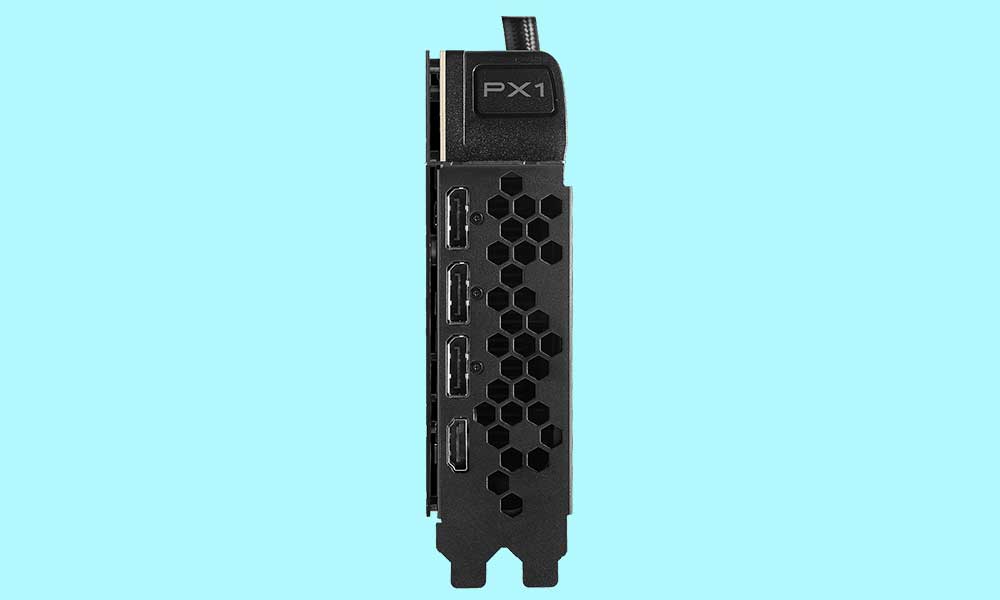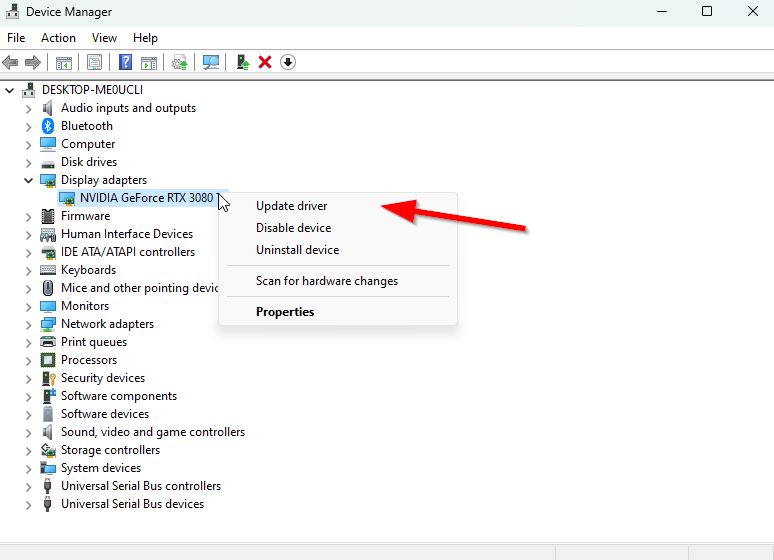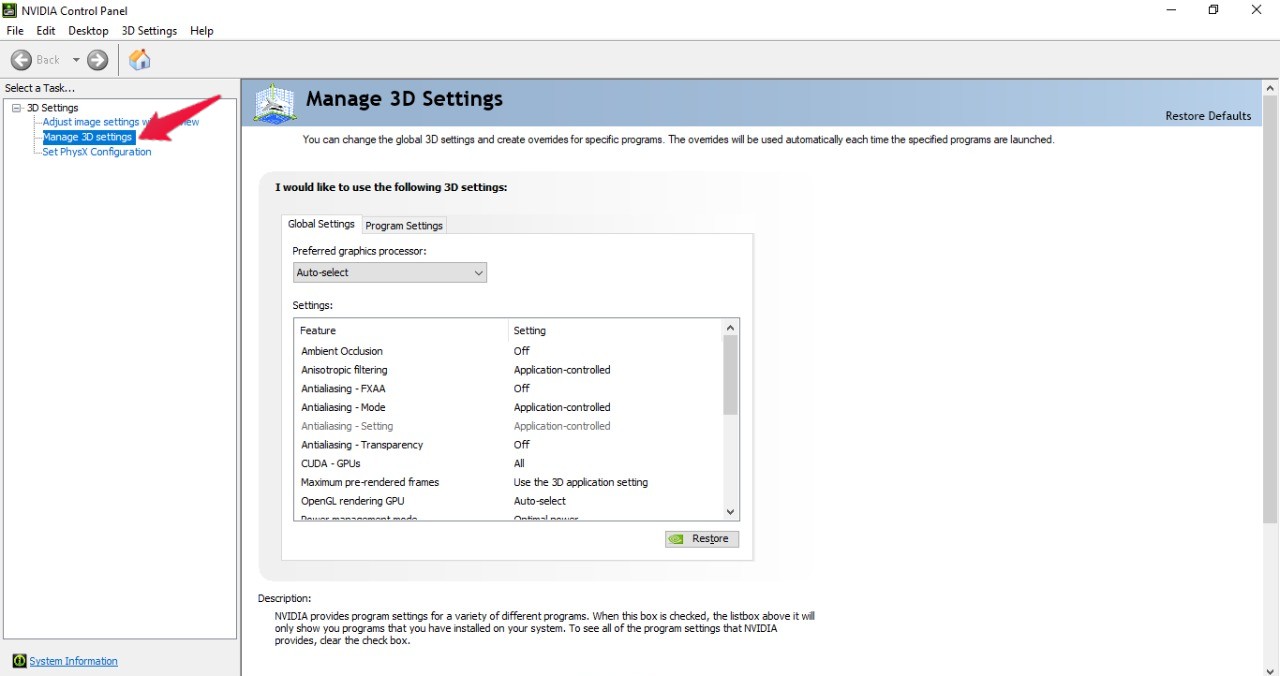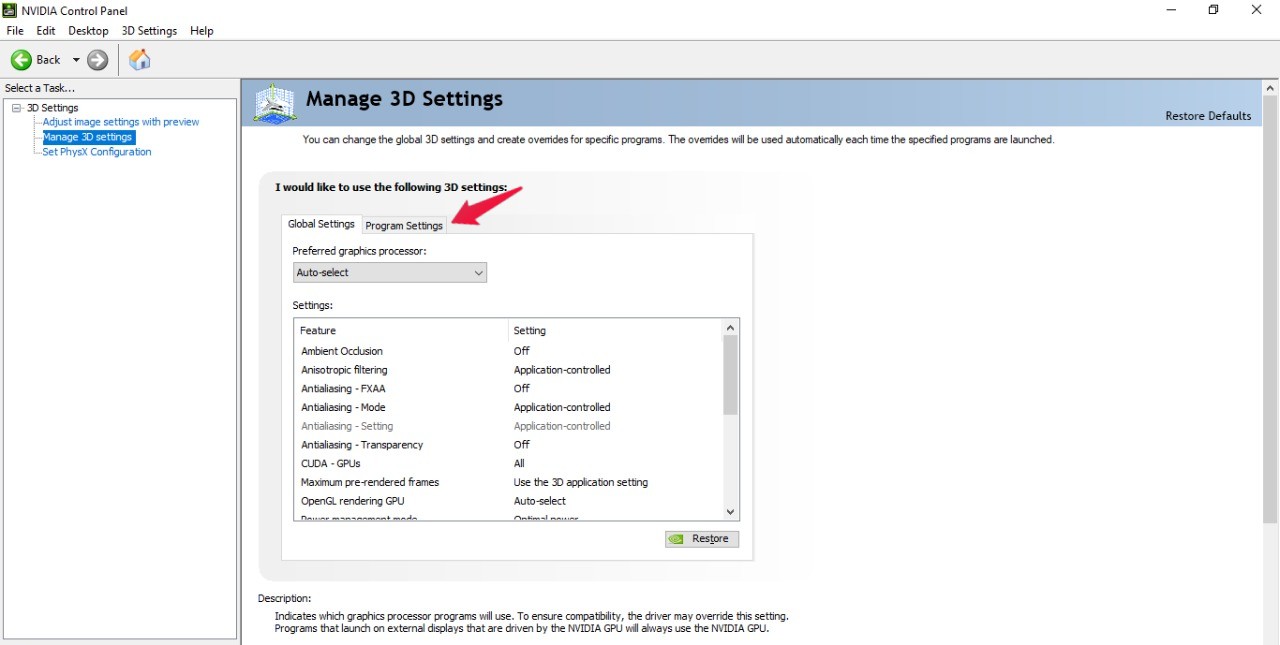NVIDIA is a well-known manufacturer of PC graphics cards that offers products across various price ranges. Their flagship GeForce RTX 30-Series GPUs are currently among the most sought-after graphics cards in the market. However, some users have reported issues with the DisplayPort not working on their devices with the license plate numbers RTX 3080 and RTX 3090. Interestingly, the prices of these GPUs are currently quite low, which could potentially indicate the release of the RTX 40 series in the near future.
It can be quite frustrating for PC gamers and content creators to encounter issues such as not being able to detect or not working with external GPUs. Even high-end graphics cards such as the Nvidia GeForce RTX 3080, 3090, and 3090 Ti can experience these issues sooner or later. If you are also facing such an issue, you can follow this guide to fix it.
Also Read

Page Contents
Fix: RTX 3090 and 3080 DisplayPort Not Working
If you’re not aware, DisplayPort is a digital display interface that basically connects a video source to a display device such as a PC monitor or TV, etc. Here if we talk about this particular issue, the DisplayPort isn’t working or somehow not getting detected on the PC monitor while connecting the RTX 3080 or 3090 or 3090 Ti graphics card. Whereas some affected users are also claiming that the ‘No Signal’ screen is appearing even after being connected via DisplayPort.
There can be several possible reasons applicable in your case such as the faulty display device (monitor), faulty display cable, corrupted or missing display driver, problematic BIOS settings configuration, physical issues with the GPU slot, not enough power supply, damaged graphics card, etc. Luckily, there are a couple of workarounds mentioned below that should come in handy for you. So, without wasting any more time, let’s jump into it.
1. Check the DisplayPort connection
In most cases, issues with the DisplayPort can cause a ‘No Signal’ issue on the PC while connecting the Nvidia RTX 3080 or 3090 series graphics card due to improper connectivity. Therefore, you should cross-check whether the DisplayPort is properly connected by the cable or not. You can also unplug and plug back the connector again to ensure it.
2. Restart and Reconnect Devices
Well, sometimes a temporary connection glitch or system glitch may cause such issues. It’s better to simply restart the PC and Monitor then reconnect the Nvidia RTX 3080 or 3090 series GPU card again to check if the problem has been fixed or not. To do that step by step:
- First, completely shut down your computer and turn off the monitor.
- Then unplug all the power cables from the power source as well as from the devices.
- Disconnect the DisplayPort connection too > Wait for at least 5 minutes.
- Then make sure to connect the DisplayPort cable to the PC and Monitor properly.
- Connect the power cables and turn on the PC as well as monitor.
- This might fix the RTX 3090 and 3080 DisplayPort Not Working issue for you. If not, head over to the next method.
3. Update Graphics Drivers
Ensure there is no graphics driver update pending to be installed on the PC because an outdated GPU driver may trigger several issues with the DisplayPort connectivity whatsoever. You can follow the steps below to install the update manually. To do that:
- Right-click on the Start Menu to open up the Quick Access Menu.
- Click on Device Manager from the list to open the interface.
- Now, you’ll need to double-click on Display adapters to expand it.

- Then right-click on the dedicated graphics card name you’re using to bring the context menu.
- Next, click on Update driver > Choose Search automatically for drivers.
- The system will automatically check for the available update.
- If an update is available, it’ll automatically download and install the latest version.
- Once done, make sure to restart your PC to apply the changes.
If you cannot find any update, then make sure to head over to the official graphics card website and search manually for the latest update. If a new version is available, just download the file on your PC and install it. Whatever Nvidia graphics card you use, jump to the link below.
4. Try Checking Another Cable or Device
It’s also recommended to try checking a different cable or device to the PC and the graphics card to ensure there is no issue with the cable or monitor. If the connectivity issue is no more troubling you that means there was a problem with the specific cable or monitor’s port. If in case, there is an issue with the graphics card then you can try replacing or repairing it.
5. Set RTX 3080, 3090, or 3090 Ti as Default
You should also set your Nvidia RTX 30-series graphics card to the default by following the steps below. It’ll bring back all the functions and connectivity with the help of the Nvidia Control Panel. To do that:
- Right-click on the desktop blank screen > Click on ‘Nvidia Control Panel’.
- Tap on the ‘3D Settings’ menu on the left panel > Click on ‘Manage 3D Settings’.

- Click on ‘Program Settings’.

- Click on the down arrow icon of the ‘Select the preferred graphics processor for this program’ option.
- Now, choose ‘High-performance NVIDIA processor’ from the drop-down list.

- Once done, make sure to close the window, and reboot the PC to apply changes.
6. Check the Power Supply
Sometimes an insufficient power supply can also cause multiple issues with the external graphics card connectivity on the monitor which will lead to a ‘not detecting’ or ‘no signal’ issue. You should check whether your GPU card is getting enough power supply from the PC or not. Mostly, a 750W power supply will work fine for the Nvidia RTX 3080 and 3090 series graphics cards. If in case, you’re using a lower power supply, make sure to upgrade it.
7. Update System BIOS
If the above methods didn’t work for you, make sure to update the system BIOS on the PC using the user manual for the particular model or configuration. You can visit the official manufacturer’s website and download the latest BIOS file then precisely flash it using the manual so that you don’t make any mistakes. These days most manufacturers include tool to update device drivers, BIOS, etc. You can get it from the Start menu. (for example; Lenovo Vantage).
Note: BIOS update is very risky and if you’re trying to manually flash it then make sure to follow the manual properly. A mistake can brick the system unexpectedly. You can ask a professional to perform it or get technical help from the respective customer support of the manufacturer. If you’re unable to do so and there is an official tool present then it’ll be good to skip this method.
That’s it, guys. We assume this guide was helpful to you. For additional queries, you can comment below.
